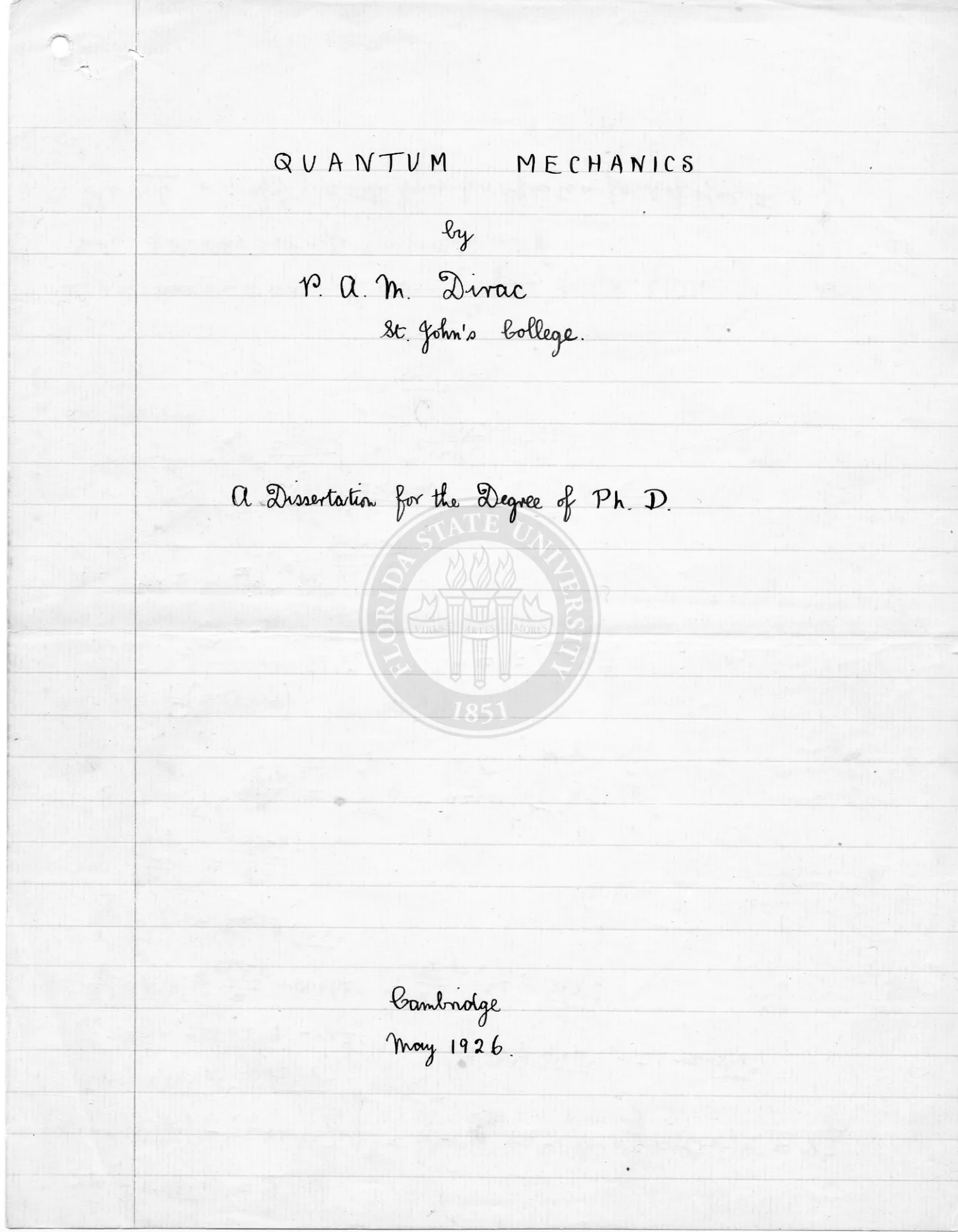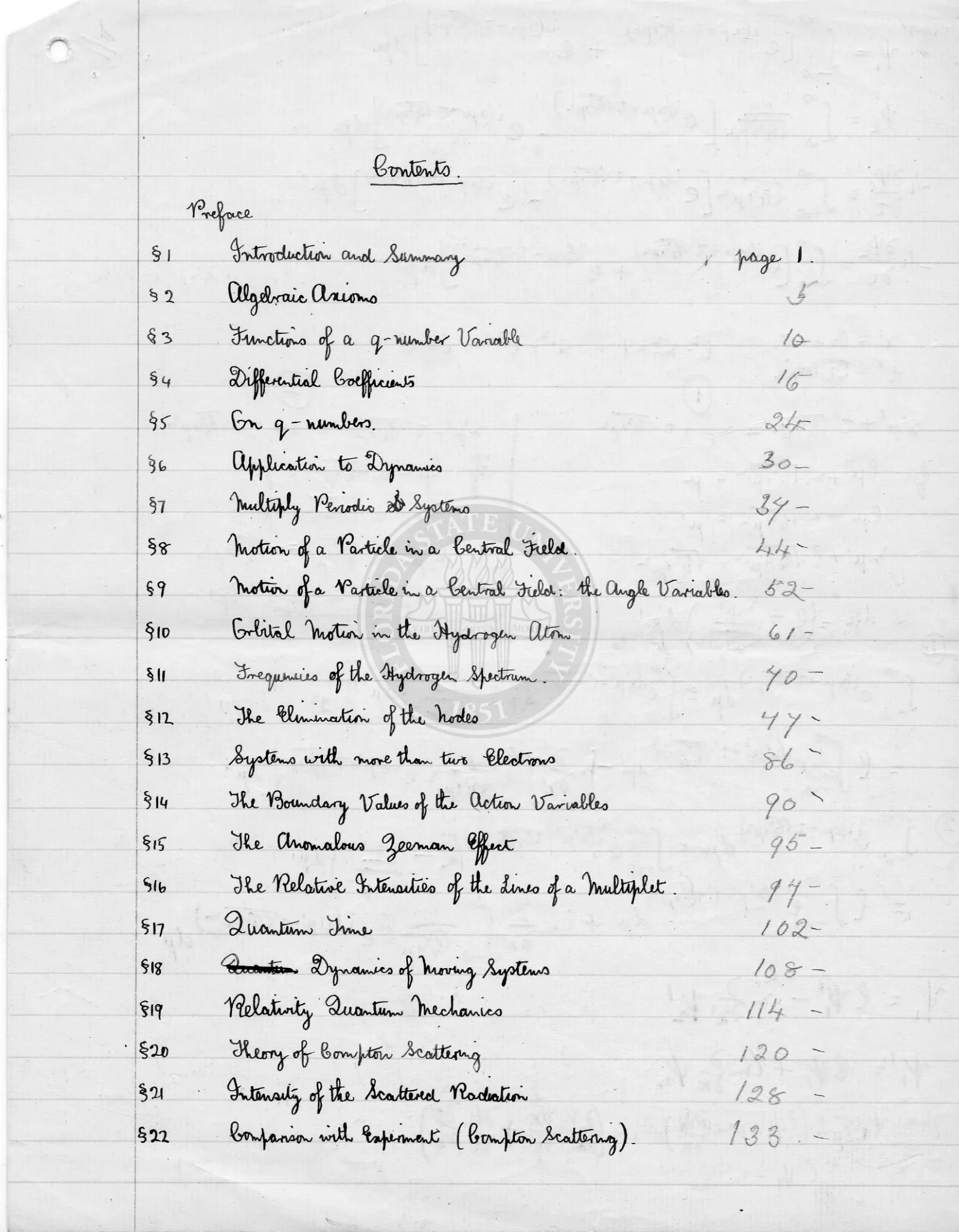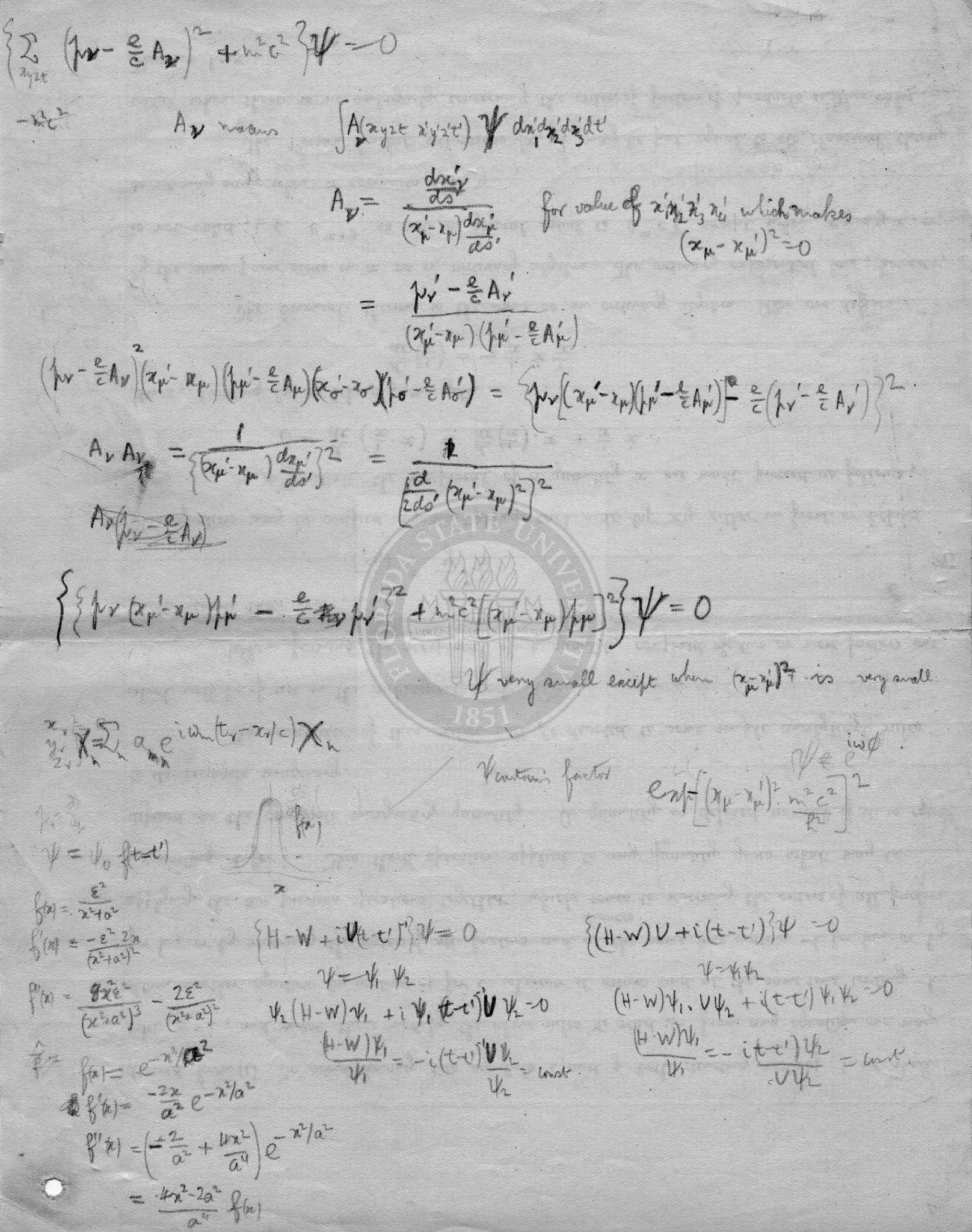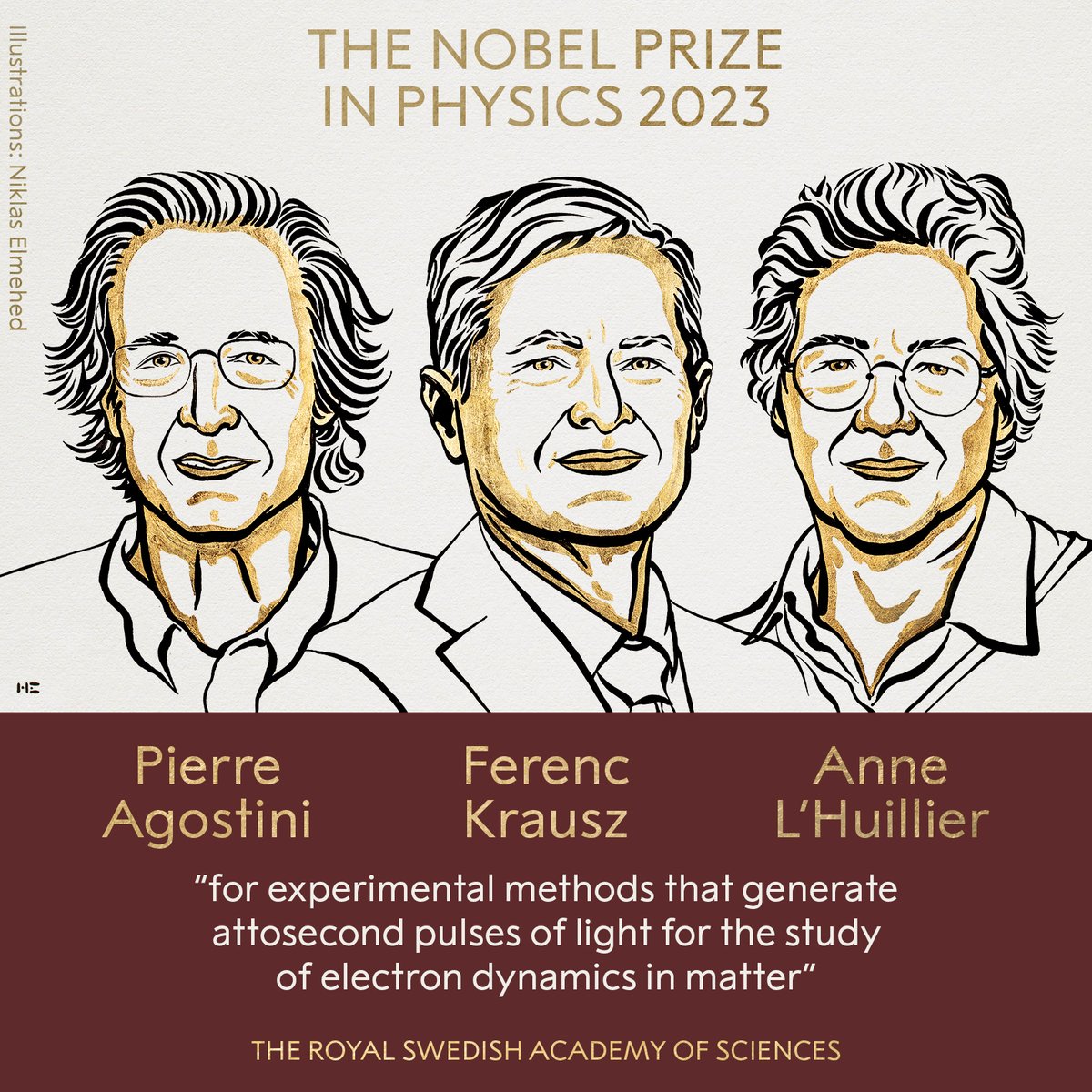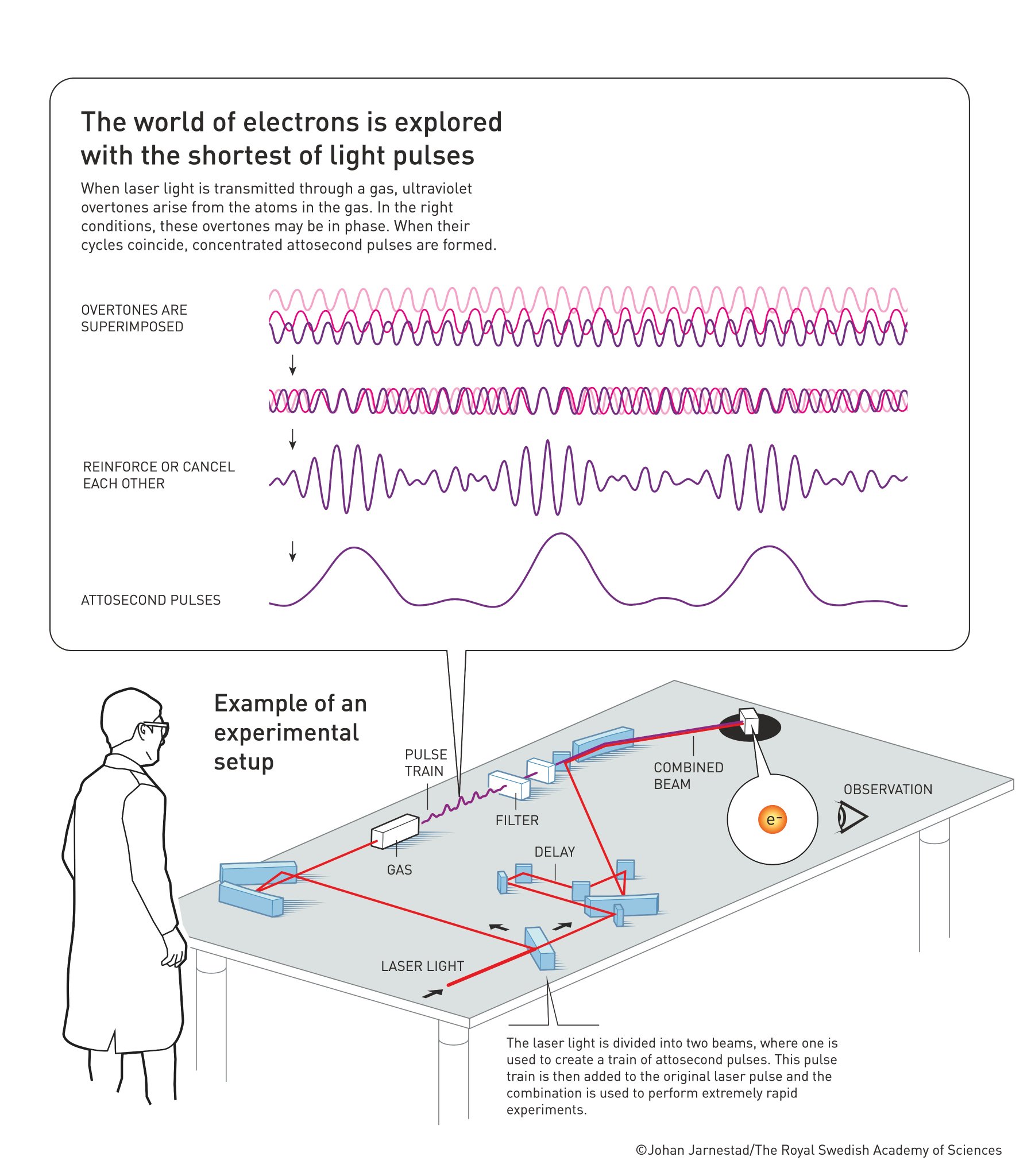bala wrote: ↑01 Oct 2023 21:45
Einstein was poor in math. ...

Have heard that before -- perhaps this kind of thing started by some people claiming his math grades were "poor" - by those who did not understand or were ignorant of the Swiss / German grading system.. (Hint: It was as if some body claiming that one who got AIR rank 2 in JEE was "poor" compared to someone who got AIR 99..)
He was as good as they came ... among best of the best. NO serious physicist/mathematician remotely familiar with his work doubts it.
I never met him but have studied his work -- a LOT. There are quite a few who were Einstein's students whom I personally know/ leaned from/ worked with. All had tremendous respect for him - especially in his intuition in finding mathematical formulation where others - struggled.
Not wikipedia but people with whom I interacted over years. Few examples fro whom I leaned his math/physics.
Freeman Dyson - As good a mathematician as any -- best Ramanujan expert I interacted with but also a top notch physicist.
Richard Feynman (Nobel Prize winner) - Very intuitive - counter part of Dyson with less rigor of math -- but again top notch mathematician too. (Quantum Electrodynamics would not have been possible without Einstein's work)
Paul Dirac (Nobel Prize winner) - Bridged the gap between relativity and quantum mechanics, unifying these two fundamental theories and providing a theoretical framework to describe the behavior of relativistic electrons, thus advancing our understanding of the fundamental forces that govern the universe. He taught a UG course in Quantum Mechanics which I audited and enjoyed.
C.N Yang (Nobel Prize Winner) - I took courses in Group Theory (Mathematics used in Quantum Mechanics), and General Theory of Relativity.
Of course, lot of George Sudarshan's work is based on Einstein's work.
IMO, it is silly to to pick some random references, pick some lines out of context without any understanding and make some nonsensical remarks/claims..
---
Nobody says Nobel prizes are 100% objective... Also true many - and most physicists would agree - deserving people did not get it (Born, SN Bose, Saha, Bhabha, Sudarshan, come to my mind, if you ask me) but *nobody* including Prof Sudarshan has claimed that it is a fraud -- or Einstein's work was a fraud... /sigh/
